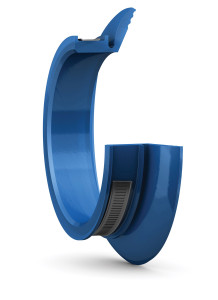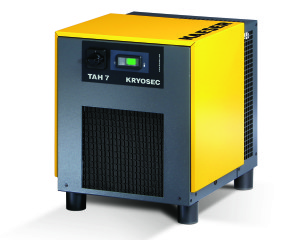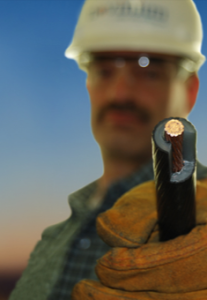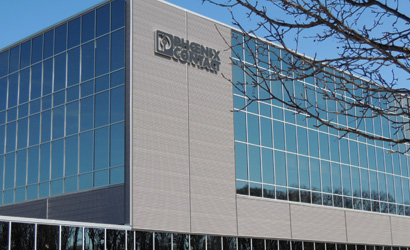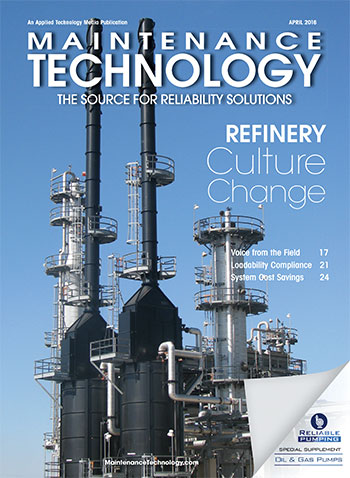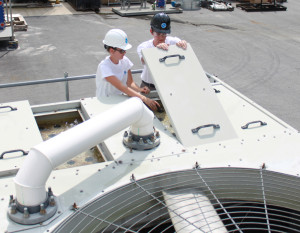
Did you know that some simple cooling tower maintenance could help your facility save up to 15% on its electricity costs? Routine preventive maintenance also can help conserve water and extend the operating life of your cooling equipment.
Over time, the leaving-water temperature of a neglected cooling tower will rise, as will the energy costs to operate the equipment. (For every 2-degree F increase in temperature, those energy costs can increase by up to 6%.) A well-maintained cooling tower, however, will continue to function at its original optimum efficiency, keeping energy costs low.
To get the most from your cooling equipment, heed these maintenance tips:
#1. Check overall cooling and listen for any uncommon noises in the system to establish a baseline of possible issues.
#2. Before beginning any hands-on work, be sure to follow proper lock-out/tag-out procedures and disconnect motor switches to protect your safety and that of other personnel.
#3. To keep the system free of potentially problematic materials, inspect and clean debris from strainers.
#4. To avoid a build up of scale and increase capacity, inspect the water-distribution system and check for dry areas over the fill-coil section. If the surface isn’t fully wetted, check the nozzles for cracks and clogs.
#5. To ensure desired water filtration and prevent dirt from collecting in the system, flush dirt and debris from the cold-water basin through the tower drain or sump strainer. Basin-sweeper piping installed in addition to a filtration system will function as automatic maintenance.
#6. To conserve water and reduce air entrainment, be sure the make-up water supply is at the appropriate, pre-determined level.
#7. To prevent accumulation of solids in recirculating water, adjust the bleed rate according to your local water-quality and evaporation-rate regulations.
#8. To ensure optimal performance on a belt-driven system, fix any tension problems with the belt.
#9. To assure reliable service in a gear-driven system, routinely check for and maintain, correct oil level, oil quality and shaft alignment, per the manufacturer’s’ recommendations.
#10. Lubricate fan shaft bearings every three months, at a minimum. Consider installing automatic bearing greasers to eliminate monthly bearing maintenance.
When all is said and done
Keep in mind that maintenance frequencies will vary depending on the condition of the circulating water and the environment in which the cooling equipment runs. Among other things, it’s also important to remember that storing critical parts in inventory is a good strategy for reducing unplanned downtime. Consult your local equipment supplier regarding additional strategies.
The bottom line is this: As with other systems in a plant, good maintenance habits will go a long way in preventing failures and extending the life of your cooling equipment.
Information in this article was provided by Baltimore Aircoil Company, a leader in the design and manufacture of evaporative-cooling and heat-transfer equipment.
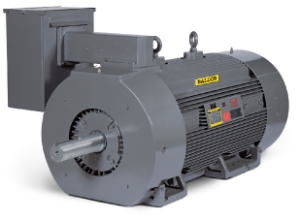 Baldor Electric Co. has introduced a new line of energy-efficient, large AC - GPM Induction Motors. Used in high-torque industrial applications, including pumps, fans, conveyors and compressors, the product line is available in stock ratings 250 – 1000 HP, 2300/4000 Volt, totally enclosed (TEFC), fan-cooled, foot mounted designs.
Baldor Electric Co. has introduced a new line of energy-efficient, large AC - GPM Induction Motors. Used in high-torque industrial applications, including pumps, fans, conveyors and compressors, the product line is available in stock ratings 250 – 1000 HP, 2300/4000 Volt, totally enclosed (TEFC), fan-cooled, foot mounted designs.



